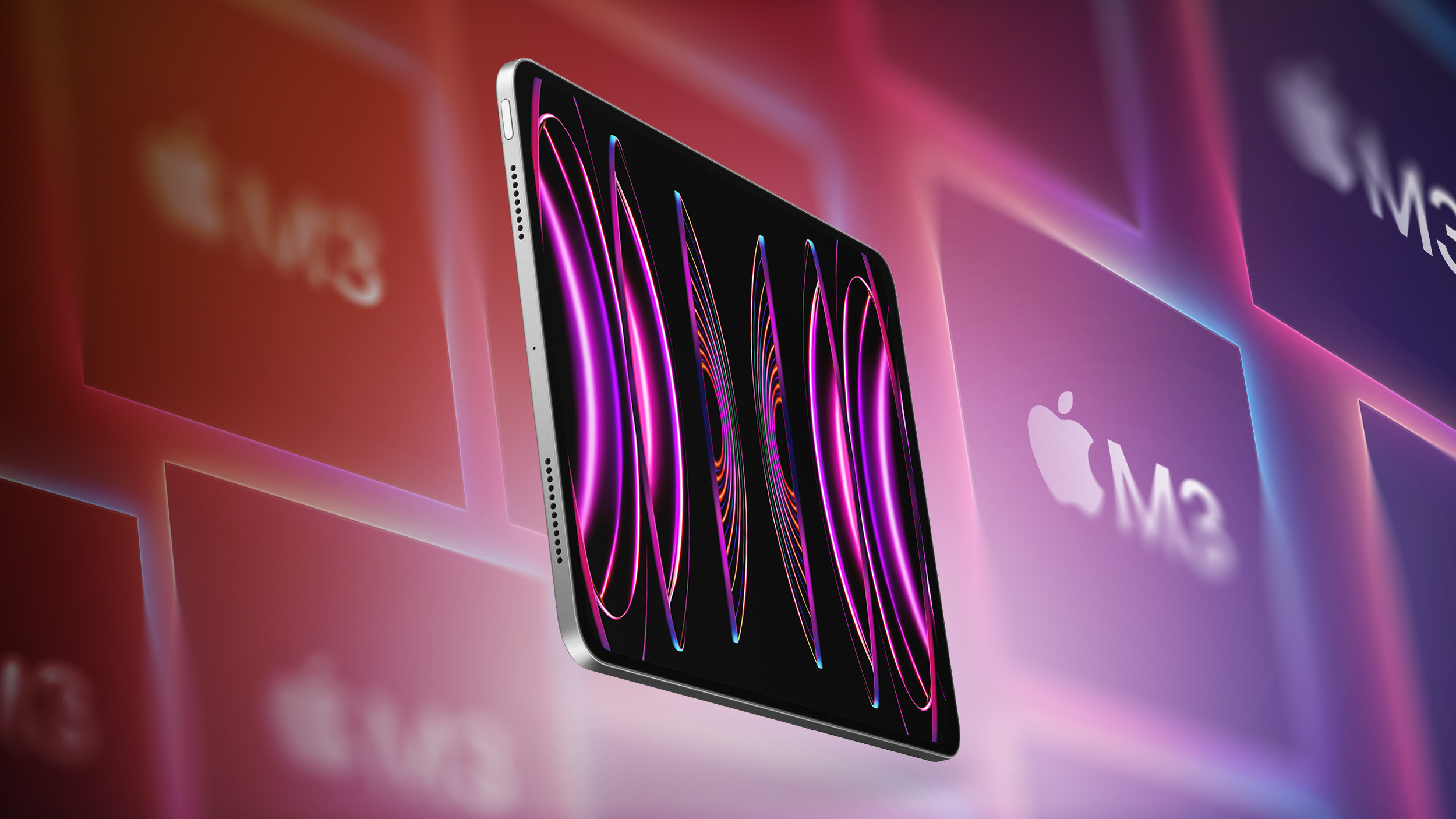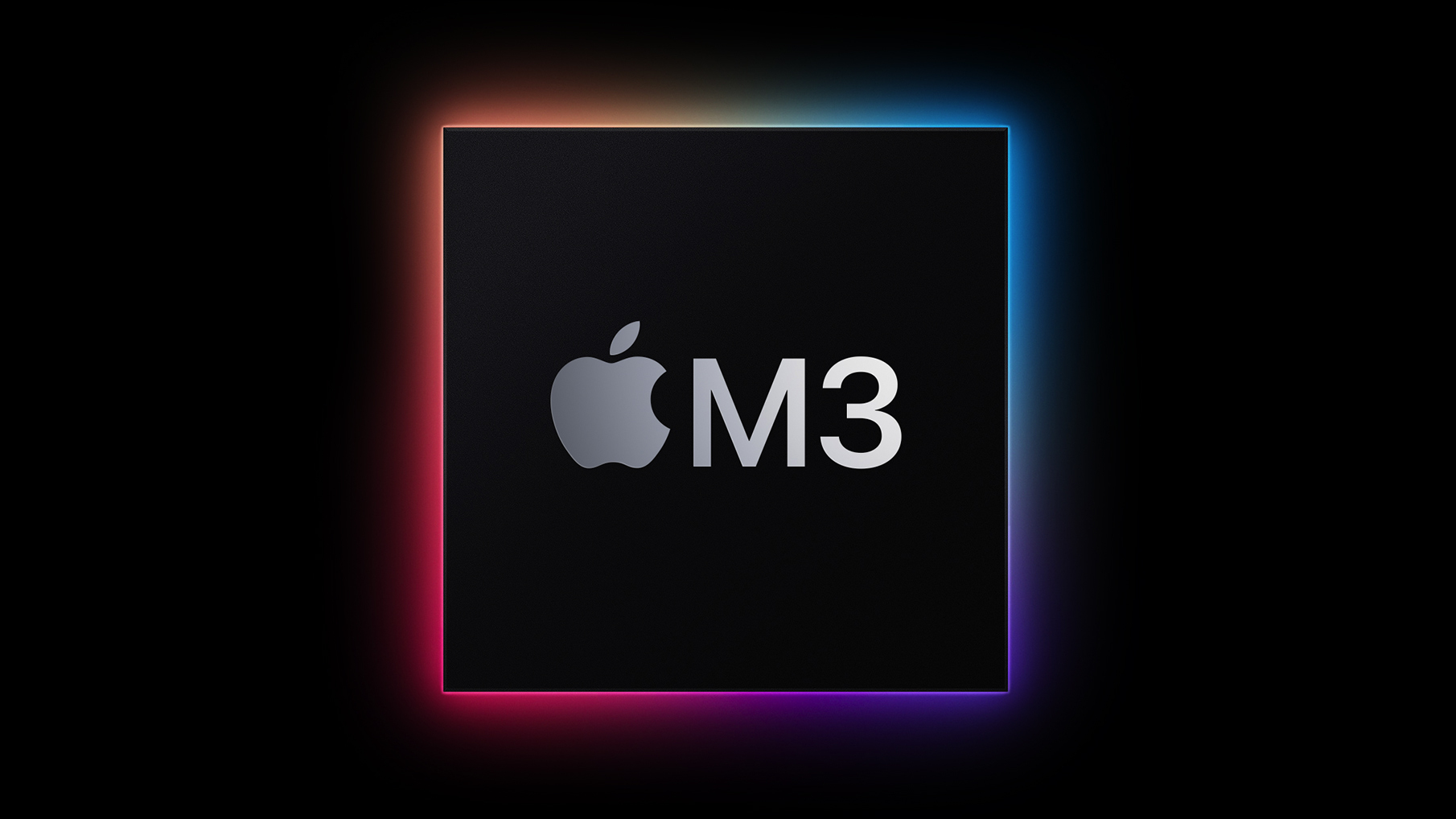
Apple announced the current, M2-based iPad Pro models one year ago today, so what can customers expect from the highly anticipated next-generation model?

The 2022 iPad Pro was a minor update that added the M2 chip, Apple Pencil hover, and specification upgrades like Wi-Fi 6E and Bluetooth 5.3 connectivity. The iPad Pro as a whole has generally only seen relatively small updates in recent years, but rumors indicate that the next-generation iPad Pro will be the first major update to the product since 2018, introducing "fundamental changes."
The next-generation iPad Pro models are currently expected enter mass production in early 2024, with launch following in the spring or summer.
Refreshed Design
The iPad Pro has retained the same design through four successive generations since 2018. Major changes to the device next year are likely to include design changes, but whether they will consist of minor tweaks or an outright overhaul is yet to be seen. Earlier rumors suggested that a glass back could come to a future iPad Pro model, which would be a major design change for the product, but it is not clear if this is expected to arrive next year.
Last year, the 10th-generation iPad became the first-ever iPad model to feature a landscape front-facing camera orientation, a much more natural placement for video calls when using a Magic Keyboard. Rumors dating back to 2021 have suggested that the relocated front-facing camera is also headed to the iPad Pro. Such a change would likely also require different placement of the Apple Pencil, since the wireless charging components for the accessory are currently located where the camera would move to.
M3 Chip
The next-generation iPad Pro is expected to feature Apple's upcoming M3 chip to deliver improved performance and efficiency.

The M3 chip is highly likely to be based on the A17 Pro chip, which is manufactured using TSMC's 3nm node. The A17 Pro delivers 22% better performance over the A15 Bionic, the chip that M2 is based on. As such, it seems almost certain that the M3 chip will be able to deliver similar improvements.
A tentpole feature of the A17 Pro is a completely redesigned GPU with hardware-accelerated ray-tracing, leading to dramatically improved gaming experiences. The M3 chip is likely to sport the same technology, significantly enhancing the iPad Pro's graphics capabilities.
4TB Storage Option
Apple will offer next year's OLED iPad Pro models with a 4TB storage option, a rumor coming out of Asia claimed last month. Since 2021, the iPad Pro has been available with 128GB, 256GB, 512GB, 1TB, or 2TB of storage.
If Apple increases the maximum storage of its forthcoming OLED iPad Pro models to 4TB, it would likely also increase the base storage to 256GB to maintain five capacity categories, making all seventh-generation models capable of recording ProRes in 4K at 30fps.
It is also worth noting that iPad Pro RAM is variable based on storage capacity, so iPad Pro models with 128GB, 256GB, or 512GB of storage come with 8GB of RAM, while iPad Pro models with 1TB or 2TB of storage feature 16GB of RAM. Whether that means a 4TB iPad Pro would feature 24GB or 32GB of RAM is unknown, but not improbable.
OLED Display Technology
OLED display technology is perhaps the most anticipated upgrade coming to the next-generation iPad Pro models. The current 11-inch model features an LCD display, while the 12.9-inch model has a mini-LED display.

Apple already uses OLED displays on the Apple Watch and iPhone, but has yet to bring the technology to larger devices. OLED displays use less power, sport greater color accuracy, and provide much better and more consistent contrast than LCD displays. As a significant upgrade, the change will likely be very prominent in the Apple's marketing materials for the next-generation iPad Pro.
Bigger Screens
The new iPad Pro models are also rumored to get display size increases from 11- to 11.1-inches and 12.9- to 13-inches, facilitated by slimmer borders around the screen.

This would allow the footprint of the devices to remain the same while increasing display size. The slight increases are unlikely to add any meaningful functionality to the device, but it would provide a more modern "all-screen" appearance.
Higher Prices
The more advanced OLED display technology in the next-generation models is expected to drive up the iPad Pro's price, with current estimates starting at $1,500 and $1,800 for the 11-inch and 13-inch models, respectively. Pricing on the current 11-inch iPad Pro starts at $799, while the 12.9-inch iPad Pro starts at $1,099. Models with cellular connectivity are available for an additional $200 over the base price for each storage tier.
Improved Cameras
The iPad Pro has had the same 12-megapixel main rear camera with a ƒ/1.8 aperture since 2017. The 12-megapixel ultra wide camera with an ƒ/2.4 aperture and brighter True Tone flash have also remained the same since its introduction on the 2021 iPad Pro. Camera upgrades are rumored for other future iPad models with related hardware such as the seventh-generation iPad mini, so it follows that similar improvements are on the way for the iPad Pro.
Since 2021, the iPad Pro has also featured a 12-megapixel front-facing camera with an ƒ/2.4 aperture. With 2022's iPhone 14 models, Apple introduced an upgraded 12-megapixel front-facing camera with an ƒ/1.9 aperture and autofocus. It seems plausible that this hardware could be ready to trickle down to the iPad Pro in its next incarnation.
The current iPad Pros support Smart HDR 4, so an upgrade to Smart HDR 5 is likely. The Photonic Engine and other iPhone... Click here to read rest of article
Article Link: 2024 iPad Pro: 12 Rumors About What to Expect

